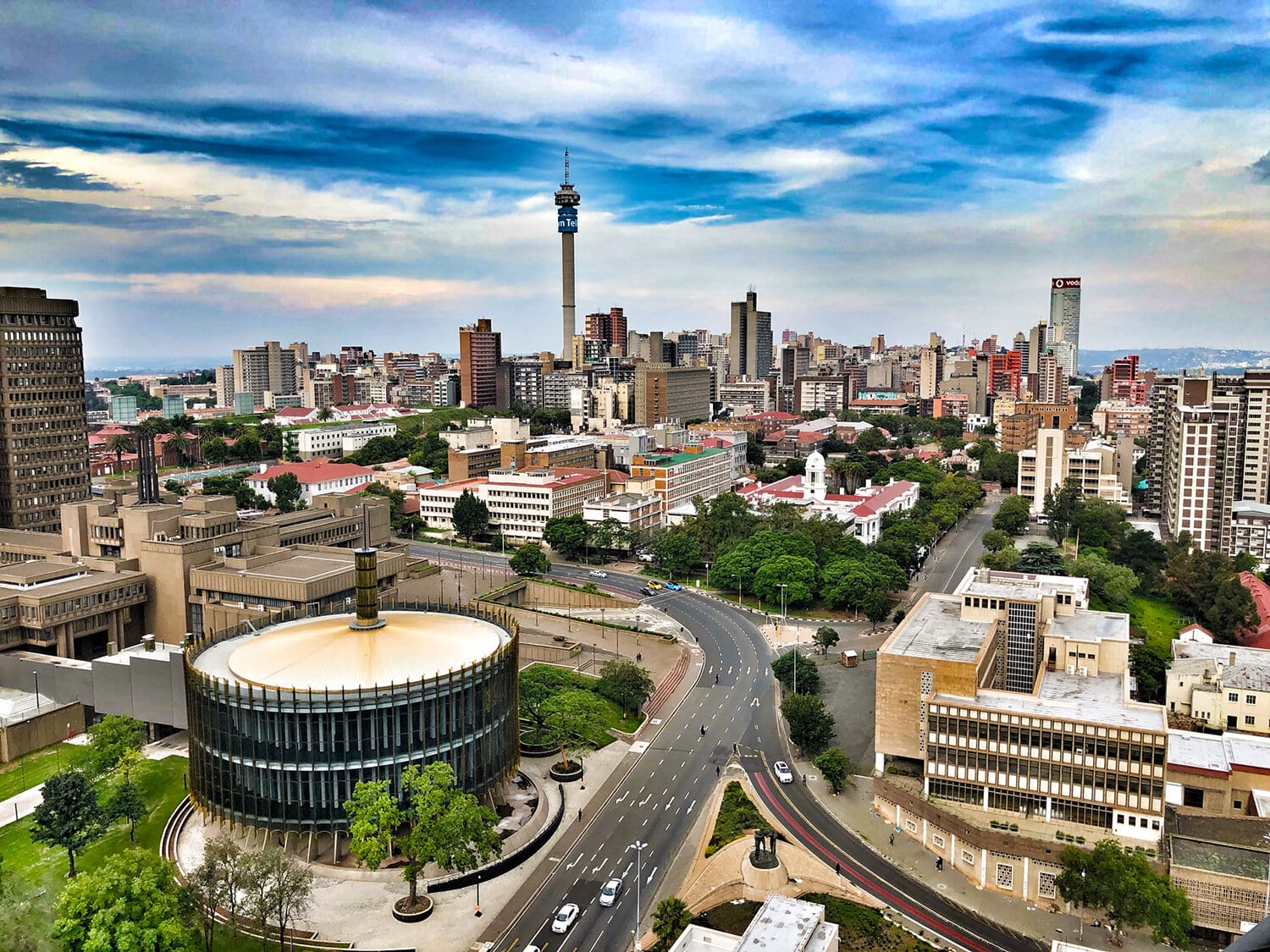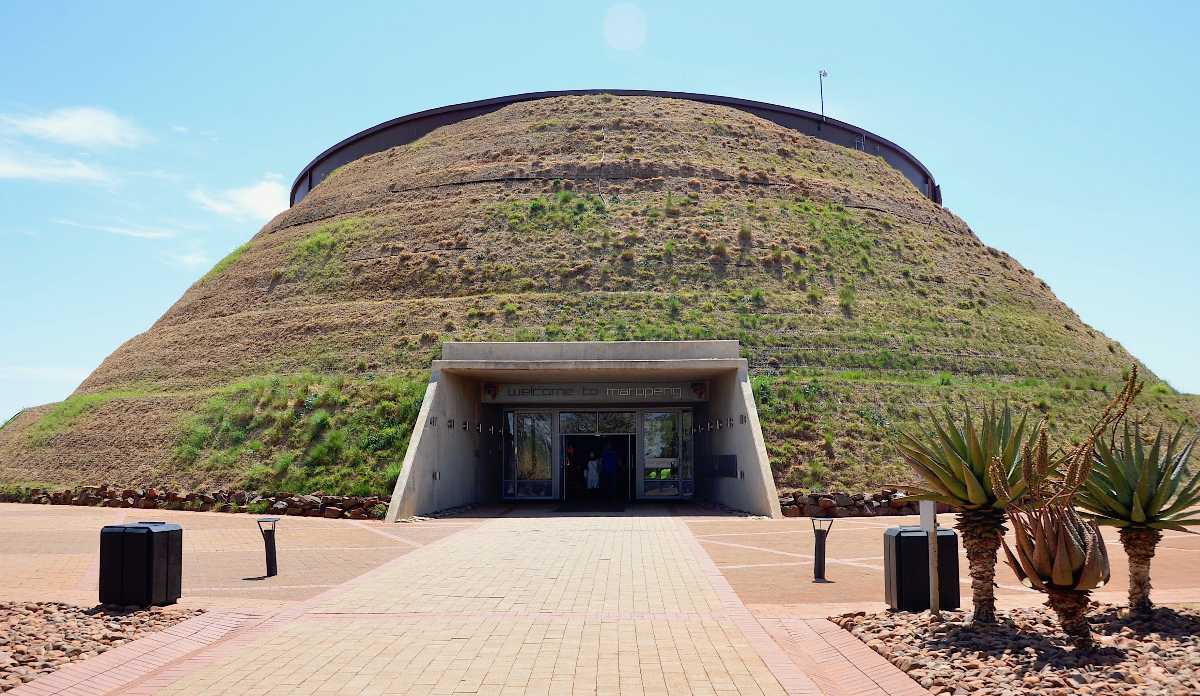The Buzz on Johannesburg North Attractions
Table of ContentsAbout Johannesburg North AttractionsHow Johannesburg North Attractions can Save You Time, Stress, and Money.Things about Johannesburg North AttractionsEverything about Johannesburg North AttractionsJohannesburg North Attractions Fundamentals ExplainedThe Ultimate Guide To Johannesburg North AttractionsSome Known Details About Johannesburg North Attractions
You need to keep safety and security in mind and tourists should remain sharp at all times when in unknown surroundings. Speak with the locals when you remain in community to discover the area you are remaining in. Johannesburg North attractions. When on the road (this does not relate to mall and other secure settings) best basic guidance is to attempt your ideal to appear like a neighborhood and to prevent showing any form of wide range
About Johannesburg North Attractions
Professor Revil Mason O. J. (Thomson, 1946) discovered the Witwatersrand's pre-colonial background. His archaeological work exploded the 'em pty land' myth, according to which the region was without human habitation prior to the arrival of European inhabitants. In his publications Prehistory of the Transvaal: A Document of Human Task (1962) and Beginnings of Black People of Johannesburg and the Southern Western Central Transvaal Advertisement 3501880 (1986 ), Professor Mason showed the degree of social and economic advancement in the location prior to Europeans established foot here.

Unknown Facts About Johannesburg North Attractions
He showed the federal government's consent, approved after he had vouched to keep his explorations secret. In 1874, small mining operations were begun in the Magaliesberg, where an Australian, Henry Lewis, had actually discovered gold down payments. In 1878, David Wardrop located gold in quartz capillaries at Zwartkop, north of Krugersdorp. In 1881, Stephanus Minnaar stumbled upon gold on the farm Kromdraai, near the Cradle of Mankind.
In March 1886, a protrusion (soon to be called the Main Coral reef) was discovered, fairly fortuitously, on Gerhardus Oosthuizen's farm Langlaagte. Some say that the Lancastrian coal miner George Walker found this reef. One more itinerant English prospector, George Harrison (who had previously operated in Australian mines) obtained a prospecting permit in respect of Langlaagte in May 1886.
He made a decision to carry on in a pursuit for greener fields, and disposed of his Langlaagte claim for the princely sum of 10. Alas: under lay the wealthiest goldfield ever discovered. The discovery of this rich auriferous coral reef prompted a gold thrill that signified completion of bucolic serenity in the southerly Transvaal.
It would, within 6 years, end up being the biggest town in southerly Africa. Within a years, it would make the Z. A. R. until after that an anarchical and insolvent little state the most affluent nation in Africa. By the turn of the century, the Z. A. R. was to surpass Russia, Australia and the United States of America to come to be the world's leading gold producer, generating even more than a quarter of the world's gold.
The Ultimate Guide To Johannesburg North Attractions
It was referred to as Ferreira's Camp, called after Colonel Ignatius Ferreira. He was a Boer traveler upon whom the British authorities had presented the status of Friend of the Most Distinguished Order of St Michael and St George (entitling him to the post-nominal letters C. M. G.) in thankfulness for his role in the battle that had actually deposed the Pedi king Sekhukhune in 1879.
Two various other camps were developed: Meyer's Camp on the ranch Doornfontein, and Paarl Camp. The latter was nicknamed Afrikander Camp; lots of individuals from the Cape Colony cleared up there.

Getting My Johannesburg North Attractions To Work
This name got money by word of mouth, such that the State Secretary affirmed the name to the Mining Commissioner on 9 October 1886. Stands in the village were auctioned on 8 December 1886. While some stands were offered for 10, others were knocked down for just sixpence.
2 years later on, these erven were to alter hands for as high as 750 each. The tented camps dwindled as a dorp of corrugated iron buildings created and increased north of the mines situated along the Key Coral Reef Road. Areas such as Jeppe's Community (where working-class immigrants erected their houses) and Doornfontein (where the wealthy new 'Randlords' started to build their luxurious residences) were soon included to the ever-expanding map of the town.
Excitement About Johannesburg North Attractions
In addition to the road names, there were no indicators of Johannesburg being located in a Dutch-speaking country. Numerous years later, C. W. Kearns O. J. (among the initial young boys enlisted at St John's College in 1898) would certainly remember: 'An odd truth about Johannesburg was that, although it was in the [Boer Republic], virtually everyone talked English and even the Federal government slaves dealt with one in English, unless they were first resolved in the Taal (or Low Dutch)'.
Britain had an interest in making sure ideal conditions for gold production on the Witwatersrand, and that the gold was exported to London rather than Berlin an essential rendered all the more clamant by the you can try here Z. A. R.'s increasing toenadering with Germany. Mine proprietors got on a clash with Head of state Kruger, whose policy of monopolistic concessions (typically granted to his cronies) prevented mining firms from procuring products of products (especially dynamite) and labour by themselves, more affordable terms
What Does Johannesburg North Attractions Do?
In 1890, the Volksraad had restricted the franchise to white males that had actually lived in the Z. A. R. for fourteen years or longer, therefore invalidating the majority of the immigrants (that occurred to be the major contributors to the fiscus). Anxiety for the vote was a mere pretense for advertising a different agenda; most uitlanders concerned themselves as short-term visitors and had no intention of remaining in the Z.